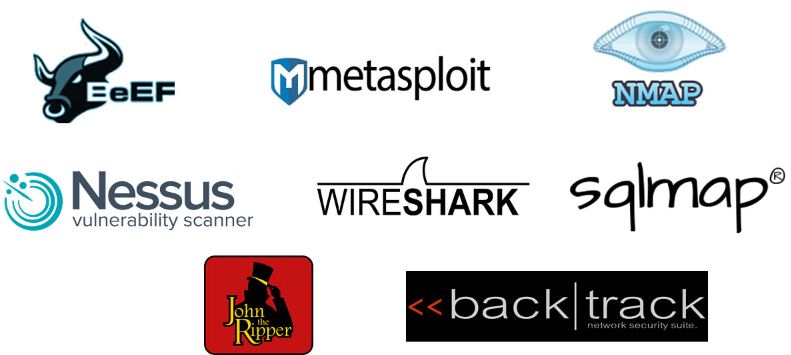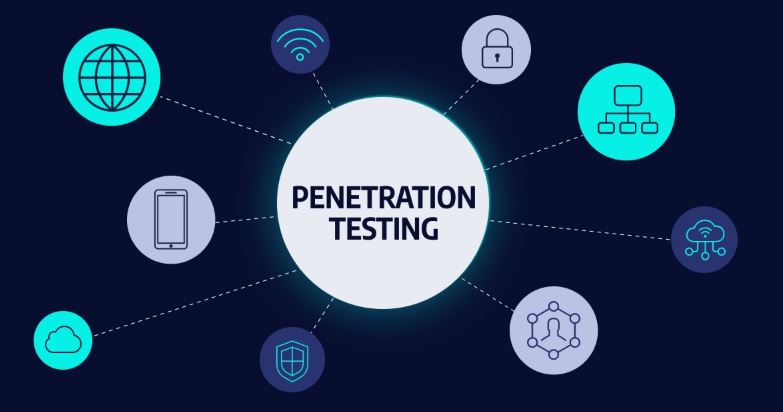Penetration Testing (ethical hacking) is one of the most critical fields in cybersecurity. It involves simulating cyberattacks to identify vulnerabilities in systems and networks. If you want to become a professional penetration tester, you need to follow a structured learning path that includes technical knowledge and hands-on experience.
What Is Penetration Testing?
Penetration testing is the practice of evaluating the security of systems or networks by simulating real-world attacks to uncover potential weaknesses that hackers might exploit.
Types of Penetration Testing:
- External Testing: Simulating attacks from outside the network.
- Internal Testing: Mimicking threats from within the network.
- Application Testing: Assessing web and software vulnerabilities.
- Wireless Testing: Evaluating the security of wireless networks.
- Social Engineering: Exploiting human vulnerabilities to gain access.
Step 1: Learn the Technical Fundamentals
1.1 Understanding Networks and Operating Systems
- Learn networking protocols (TCP/IP, DNS, HTTP).
- Gain knowledge of operating systems (Windows, Linux).
- Master basic Linux commands and server administration.
1.2 Information Security Basics
- Encryption, firewalls, and intrusion detection systems.
- Identity and access management.
- Malware protection and security policies.
Step 2: Learn Programming and Security Tools
2.1 Essential Programming Languages
- Python – For penetration testing automation.
- Bash & PowerShell – For scripting and automation.
- JavaScript & PHP – For web application security.
2.2 Essential Penetration Testing Tools
- Nmap: Network scanning and reconnaissance.
- Metasploit: Exploiting vulnerabilities.
- Wireshark: Packet analysis.
- Burp Suite: Web application security testing.
- Aircrack-ng: Wireless security testing.

Step 3: Get Professional Certifications
Earning globally recognized certifications enhances job prospects. Some key certifications include:
- Certified Ethical Hacker (CEH): Covers ethical hacking principles.
- Offensive Security Certified Professional (OSCP): Advanced penetration testing.
- CompTIA PenTest+: Covers fundamental penetration testing skills.
- Certified Information Systems Security Professional (CISSP): Broad cybersecurity certification.
Step 4: Gain Hands-On Experience
4.1 Participate in Capture The Flag (CTF) Challenges
CTFs help build practical skills in identifying and exploiting vulnerabilities.
4.2 Join Penetration Testing Platforms
- Hack The Box: Real-world hacking environments.
- TryHackMe: Beginner-friendly cybersecurity learning.
- Bugcrowd & HackerOne: Earn rewards for finding vulnerabilities.
Step 5: Build a Strong Professional Profile
5.1 Start a Tech Blog or YouTube Channel
Share penetration testing tutorials and security research to establish credibility.
5.2 Create a Professional Portfolio
Include personal projects, penetration testing reports, and security research.
5.3 Engage with the Cybersecurity Community
- Join forums like Reddit & StackOverflow.
- Attend cybersecurity conferences such as DEFCON & Black Hat.
Step 6: Apply for Penetration Testing Jobs
Look for opportunities in:
- Cybersecurity firms.
- Tech companies.
- Financial institutions.
- Government agencies.
Best Resources to Learn Penetration Testing
Online Courses
- Udemy: “Learn Ethical Hacking from Scratch.”
- Pluralsight: Penetration testing training.
- Cybrary: Free security courses with certifications.
Recommended Books
- The Web Application Hacker’s Handbook
- Metasploit: The Penetration Tester’s Guide
- Hacking: The Art of Exploitation
Additional Tips to Become a Professional Penetration Tester
- Stay Updated: Follow cybersecurity trends and emerging threats.
- Continuous Learning: The field is constantly evolving—always improve your skills.
- Follow Ethical Standards: Adhere to legal and ethical hacking guidelines.

Conclusion
Becoming a professional penetration tester requires dedication, strong technical skills, and hands-on experience. By following these steps and continuously improving your knowledge, you can build a successful career in ethical hacking.